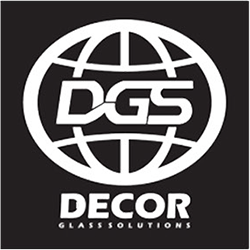Glass brick, also known as glass block, is an architectural element made from glass.
- Glass bricks provide visual obscuration while admitting light. The glass block was originally developed in the early 1900s to provide natural light in manufacturing plants.
- These blocks are normally cast into a reinforced concrete grid work or set into a metal frame, allowing multiple units to be combined to span over openings in basements and roofs. Glass wall blocks should not be used in flooring applications. Hollow glass wall blocks are manufactured as two separate halves and, whilst the glass is still molten, the two pieces are pressed together and annealed. The resulting glass blocks will have a partial vacuum at the hollow centre.
- Glass wall blocks are fixed together to form complete walls by several methods – the most common method of construction is to bed the blocks together in a Portland cement-based mortar with reinforcing rods of steel placed within the mortar as recommended by the project architect or block manufacturer.
Other methods of construction include several proprietary systems whereby the mortar is replaced by timber or PVC extrusions.
Some hollow glass wall blocks are available in colored variants. These colored variants fall into two categories; those that are manufactured with colored glass which are UV stable and can be used in the same locations as standard clear glass blocks. The other method by which colored glass blocks are achieved is to inject a colored material, dye or transparent paint into the hollow centre of the blocks to form a permanent coating. This method of producing colored blocks enables vibrant colors to be achieved which are not possible with colored glass. The downside of this production method is that the colored coating may not be UV stable and can fade in bright sunshine over time and may therefore, not be suitable for all locations.
